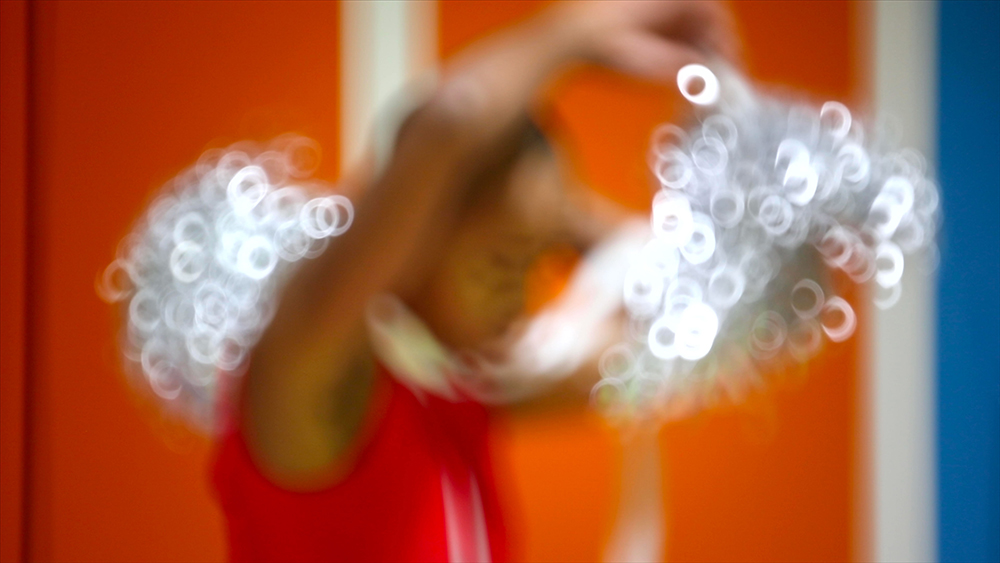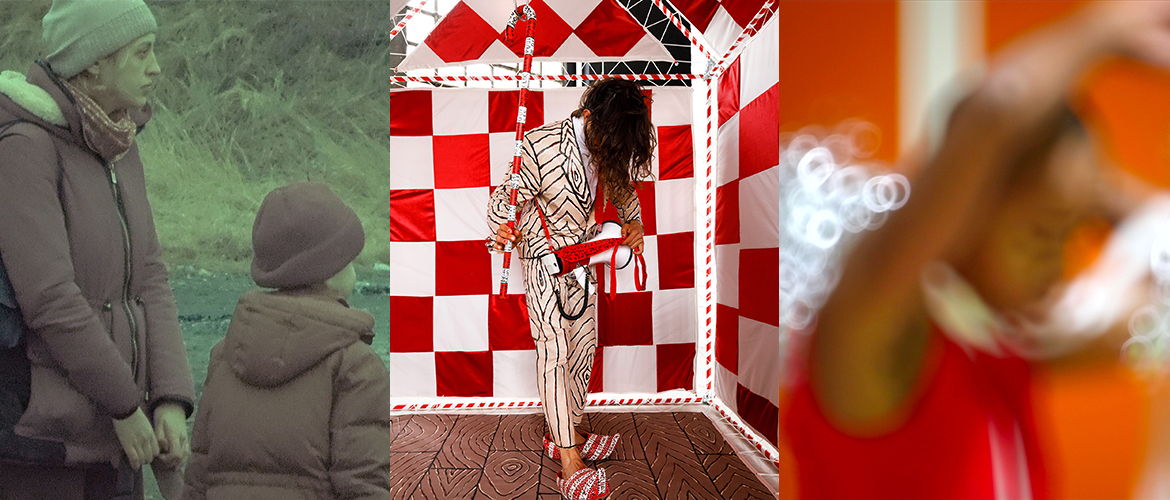- Juliette Corne, F.P. JOURNE scholarship (2023)
- Clément Courgeon, Amis des Beaux-Arts de Paris scholarship (2023)
- Sacha Rey, Amis des Beaux-Arts de Paris scholarship (2023)
Juliette Corne mixes video, documentary film and installation. Her work responds to contemporary news stories, exploring the complexity of the narratives told by those most affected. She is interested in points of passage and stages of transition. She looks at the duality of exile by interviewing those around her. Then she went to the Moria camp on the island of Lesbos, a place of interminable waiting, a closed door between the past and the future. She returned to Ukraine a few days after the full-scale invasion of Russia, where she filmed the transformation of a generation as it became embroiled in war. At the same time, she became involved in the Atelier Ati project ArtMeìssiameì in Togo. The camera is her tool for bearing witness, bringing back stories and images that take the time to express the unspeakable.
Clément Courgeon, born in 1997, lives and works in Pantin. Graduated from the Beaux-Arts de Paris in 2021. Also studied at Otis College in Los Angeles.
"My work is a burrow, a refuge in absurdity. It is articulated through the meeting of multiple mediums: photography, performance, painting, costume and prop making. These elements come together to form an envelope conducive to triggering my performances".
Born in Nice in 1991, Sacha Rey is a visual artist and film-maker with a degree from the Beaux-Arts de Paris and the École des hautes études en sciences sociales. Sacha is developing a working methodology known as 'documentary dance', in which the performative arts are used as a narrative medium with the intention of not awakening the traumatic memories of the protagonists who testify. Through films and performances, he shapes intimate narratives representing a person's ability to act on the violence they have experienced.
Sacha Rey is developing a working methodology that he calls "documentary dance". To do this, he uses music, poetry and dance to represent a person's ability to act on the violence they have experienced. He uses the body, materials and the performative arts as a narrative medium, with the intention of not awakening the traumatic memories of the people who testify. His cinematographic practice is nourished by somatic education, by "learning to be aware of the body in movement in space". Sacha therefore seeks to interview the physical memories of the participants. This is why he uses the performative arts as a means of "empowering" minority experiences in order to resist the objectification of bodies. This method enables him to represent minoritised people on the basis of their bodily knowledge.

Juliette Corne - En Cours, triptyque vidéo, 18 min, 2022

Clément Courgeon - Archive photographique de la performance « une cabane de salive », dans le cadre du 72 -ème festival de Jeune Création, Fondation Fiminco, Romainville (FR) 2022

Naya danse - But I'm a Cheerleader ©Sacha Rey



